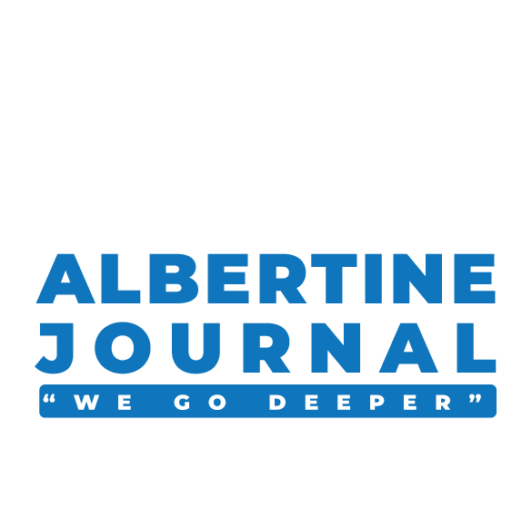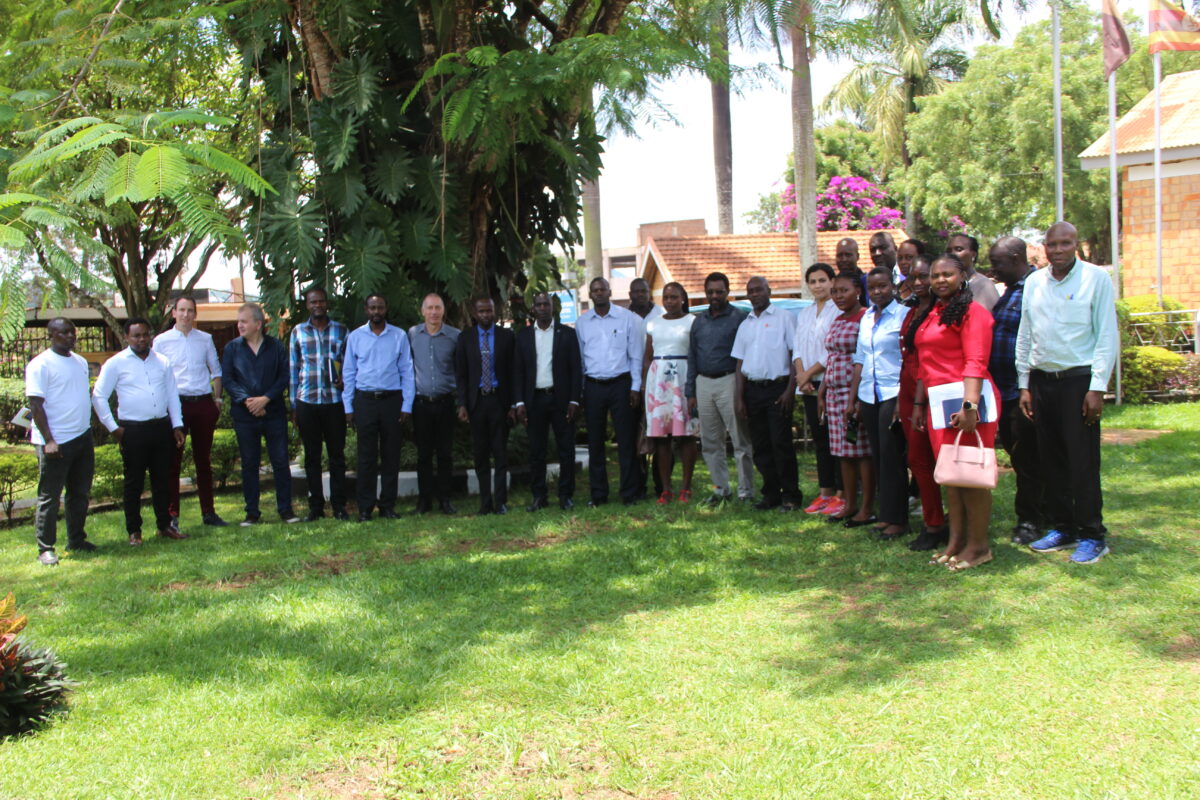Sights of cows standing and monkeys gazing from up in a nearby woodland, waiting to have a ‘taste’ of the silted pond water; children playing around while aged women fill up their water jerrycans, welcome a visitor to Ndaragi village, Kigorobya sub-county in Hoima district.
Four miles from Kigorobya town council in western Uganda, Ndaragi, ideally would not be facing water shortages since it sits on the edge of Lake Albert; Uganda’s second largest lake and the seventh largest in Africa on the border between Uganda and the Democratic Republic of Congo.
Ndaragi is just an example of the many water challenges being faced in the districts of Hoima, Kikuube, and Buliisa, all located in the Oil-rich Albertine Graben.
Three years ago, at Kabaale parish in Buseruka sub-county where SBC International is constructing Hoima International airport, the company would hire water delivery trucks on realisation of the challenge at hand.
Research shows Lake Albert plains are water stressed in part due to the low water table that has failed efforts to construct bore-holes and in some cases the search for water becomes fruitless.
This also pushes up the cost. Ideally, the government would have been pumping water from the lake but this necessitates a lot of money to treat the water.
The Lake water is salty, making it unpalatable for human consumption and needs desalination (removing dissolved mineral salts in water) for consumption.
This comes as demand for water has increased tenfold. High population growth stresses the water and sanitation services that exist; as many people have since migrated to the area in search of opportunities in the oil and gas industry.
Nearly three in five of the residents in this oil-rich area face water shortages. This adds to the national average, where, according to water.org, out of its population of 47 million people, 38 million people (81 percent of the population) in Uganda lack access to safe water.
In Buliisa district, the host of Tilenga oil field which is expected to produce 200,000 barrels of crude oil per day, although surrounded by Lake Albert, is quite used for surviving dry years.
Hoima City, Bunyoro’s urban centre has seen majority of dwellers who live on less than a dollar a day spend as much as seventy percent of their income to buy water from mobile vendors with a jerrycan going for between sh500 to sh1,000.
City authorities complain of lack of finances to expand the water infrastructure to match the growing population.
Only 40% of the population can afford piped water which is recommended by hygiene experts since most water sources are contaminated.
The water sources here faces a challenge of pollution by solid and liquid waste emanating from hotels, restaurants, factories, schools, markets and car washers which also contaminates the ecosystem.
As Uganda embarks on the development phase to produce her 6.5 billion barrels of oil in place, the Albertine area water woes might be far from over unless contingency plans are devised in case of groundwater contamination arising from the exploitation of oil in the “complex” residues.
Uganda is currently establishing oil facilities which will move crude from Kingfisher and Tilenga in Kikuube and Buliisa districts respectively, to the delivery point at the proposed Kabaale industrial park in Hoima district which will accommodate a refinery and the starting point for the 1,445km East African Crude Export Pipeline (EACOP) to Tanga Port in Tanzania.
The oil firms are supposed to put in place measures to minimise the damage of oil drilling on the environment.
The companies are also supposed to ensure that pipelines to the processing facility and flowlines are lined with impermeable materials and are buried in the ground to wade off possible leaks of oil into the environment and underground water sources.
Uganda’s oil is waxy (solidifies at room temperature) so it must be heated for easy transportation which has an impact on water.
However, the government of Uganda has insisted that they would use up to date technology which involves installation of leakage and corrosive detectors to monitor the integrity of pipelines or oil activities.
This is aimed at stopping the compromise of the integrity of wetlands, rivers and streams and other water bodies in the project area.
The government has developed a framework to foster co-existence of water abstraction activities with local livelihoods including water transport and animal watering points.
According to Uganda’s oil spill contingency plan, they will install drainage systems that minimise pollution of the receiving environment and automated sensors are to be deployed on all water bodies to identify and detect spillages on water bodies.
Concerns abound about the commitment by sector regulators like the Petroleum Authority of Uganda (PAU) and National Environmental Management Authority (NEMA) to supervise and ensure compliance from the oil firms.
A 2009 NEMA report said the Albertine Graben which hosts the principal oil prospects, also has a complex ecosystem and high biological diversity, as well as magnificent scenery.
Thus, petroleum exploration and production in the area where most of the rural communities are largely dependent on the groundwater resources is likely to lead to its damage
The paper was aimed at serving as a basis for the development of groundwater conceptual models to inform decision-making and policy formations and implementation in the region.
EACOP will cross four major rivers and several wetlands in Uganda, while in Tanzania, river crossing will avoid contact with the main water systems, with the pipeline passing underground using horizontal directional drilling.
EACOP, will cross River Kafu between Hoima and Kakumiro, Rivers Nabakazi, Katonga and Jemakunya, all draining into Lake Victoria of which any harm could ruin hopes of residents getting clean water.
Dr. Callist Tindimugaya, Commissioner for Water Resource, Planning and Regulation, at the Ministry of Water and Environment, said the government conducted studies to establish water needs in the region, and the impact of oil activity for the next decades on water quality and quantity.
Tindimugaya said they are vigilant and know the impacts that may arise in case nothing is done to protect the water sources from contamination.
He said during a public hearing six years ago that the study covered activities that could lead to a spike in water demands in the region as a result of oil activities especially through development of new towns, expansion of existing ones and establishment of industries.
The Albertine Journal understands that the expansion is part of the ongoing feasibility study for the development of water and sanitation infrastructure to benefit 500,000 residents in the new cities of Hoima, Fort Portal and Lira.
Warner Consultants limited, a Ugandan firm, is a sub-contractor to the National Water and Sewerage Corporation (NWSC) which has a contract with Seureca and Artelia Consortium (French firms) to undertake the study for 13 months.
The sh611b (about 150m euros) project to upgrade and expand the existing water and sewerage systems was necessitated by the rising demand of water in the said cities.
Tom Mbazira, NWSC Hoima area manager, said that the project is being funded using a loan from the French Development Agency (AFD).

